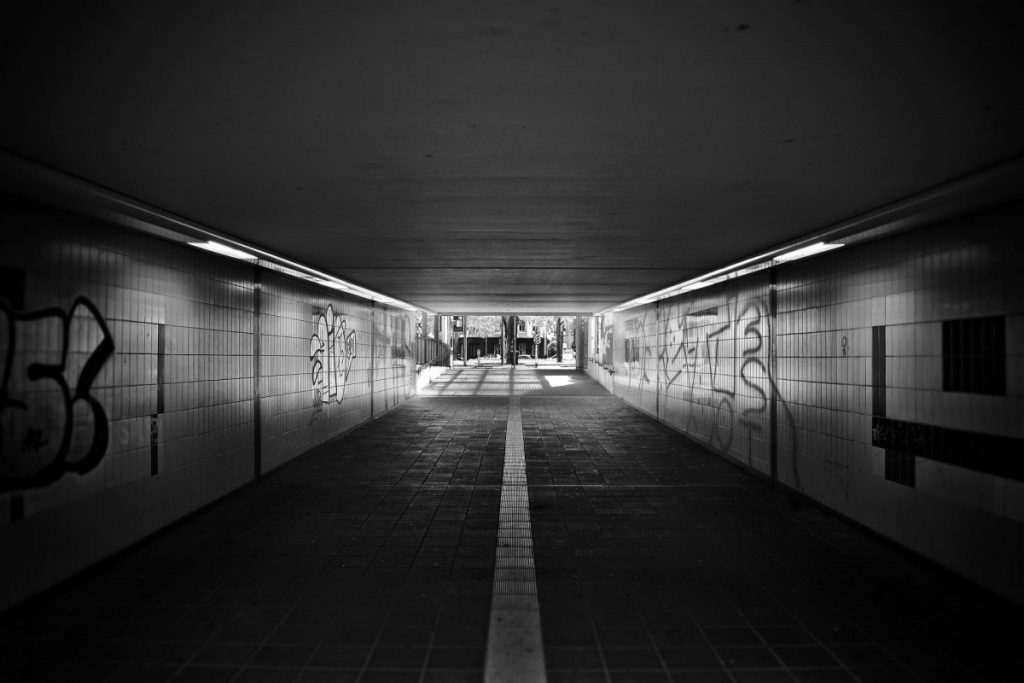The Complexity of Fear
Safeplaces network aims at working with examples of how fear and other anxieties form and might be associated with crime and places where they are generated. Why is this important? Because fear has a negative impact in people’s lives in many ways; it generates mental and physical barriers between individuals and groups in society and it has also a negatively influence in a variety of issues from public health to housing markets.
 Fear is not typically considered conventional security matter. One reason for this neglect is that the police, as well as those who devote their time to crime prevention, often work reactively, requiring an offense to be committed before any action can be taken. Another problem is that low perceived safety may be triggered by the trauma of past victimization, though that is not its only source. We have long known that fear and overall anxieties are fed by multi-scale factors, some triggered by threats (real or imaginary) far beyond the local environment an individual lives.
Fear is not typically considered conventional security matter. One reason for this neglect is that the police, as well as those who devote their time to crime prevention, often work reactively, requiring an offense to be committed before any action can be taken. Another problem is that low perceived safety may be triggered by the trauma of past victimization, though that is not its only source. We have long known that fear and overall anxieties are fed by multi-scale factors, some triggered by threats (real or imaginary) far beyond the local environment an individual lives.
 Does this mean we should not take fear seriously? No, quite the opposite! We believe that we have to examine the multifaceted nature of fear before the problem can be tackled locally. If fear is a reflection of everyday life experiences, what are those experiences in different parts of the city? Whose fear?
Does this mean we should not take fear seriously? No, quite the opposite! We believe that we have to examine the multifaceted nature of fear before the problem can be tackled locally. If fear is a reflection of everyday life experiences, what are those experiences in different parts of the city? Whose fear?

